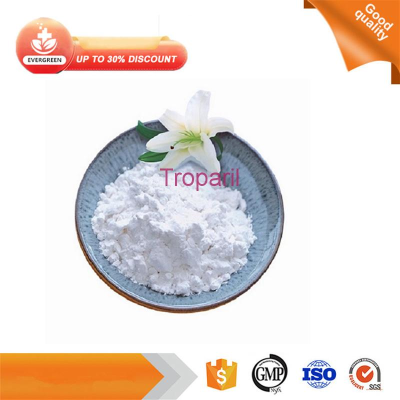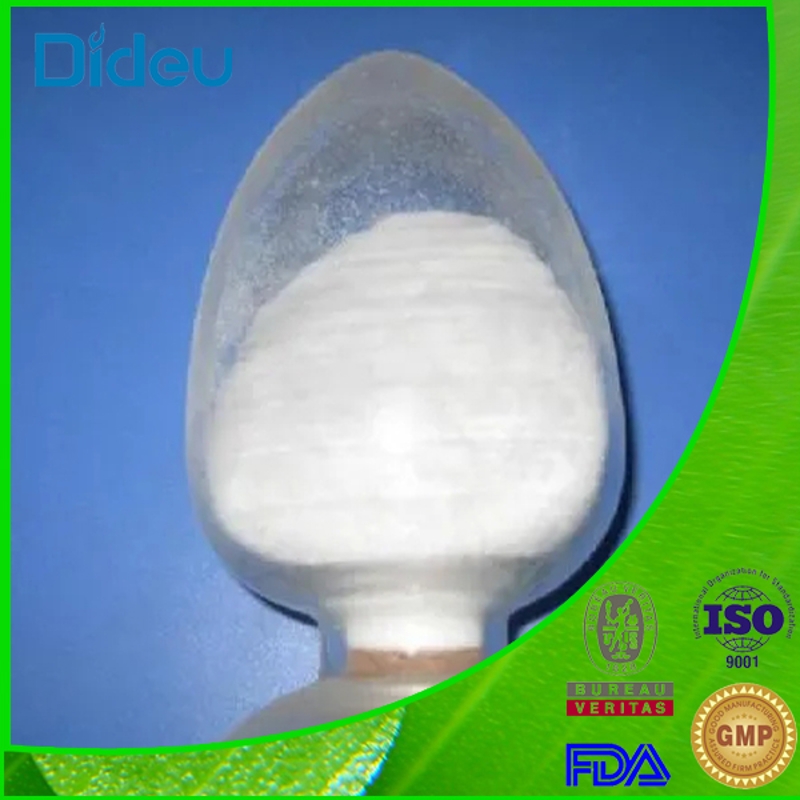-
Categories
-
Pharmaceutical Intermediates
-
Active Pharmaceutical Ingredients
-
Food Additives
- Industrial Coatings
- Agrochemicals
- Dyes and Pigments
- Surfactant
- Flavors and Fragrances
- Chemical Reagents
- Catalyst and Auxiliary
- Natural Products
- Inorganic Chemistry
-
Organic Chemistry
-
Biochemical Engineering
- Analytical Chemistry
- Cosmetic Ingredient
-
Pharmaceutical Intermediates
Promotion
ECHEMI Mall
Wholesale
Weekly Price
Exhibition
News
-
Trade Service
Click on the blue word to follow us
Astrocytes respond to various injuriesto the central nervous system by forming reactive astrocytes.
Reactive astrocytes can be further subdivided into A1 type astrocytes with neurotoxicity and secretion of neurotrophic factors with neuroprotective A2 reactive astrocytes by secreting pro-inflammatory factors to exacerbate the inflammatory response
.
A1 astrocytes are associated
with neurodegenerative diseases such as Parkinson's disease, Alzheimer's disease, and multiple sclerosis.
Activation of chronic neuroinflammatory signals has been shown to promote the development
of depression.
Nod-like receptor protein 3 (NLRP3) inflammasome is considered a key factor in neuroinflammation and is expressed on both microglia and astrocytes; It is able to activate caspase-1 (casp-1) to produce inflammatory factors
.
On October 25, 2022, Hu Gang's research team at Nanjing University of Chinese Medicine revealed that microglial inflammasome NLRP3 promotes the formation of neurotoxic A1 astrocytes through the casp-1 signaling pathway, inducing depressive-like behavior
.
1
Increased A1 astrocytes formation after stress
Mice exhibit partial depressive-like behavior after 2 or 4 weeks of chronic unpredictable stress (CMS) and complete depressive-like behaviorafter 6 weeks.
Interestingly, 4 weeks CMS could cause a significant increase in the level of molecular markers in 12 A1 astrocytes in hippocampal tissues, but CMS at 2 or 6 weeks could only cause the activation
of some molecular markers.
However, at 4 and 6 weeks, CMS did not cause changes
in A2 astrocytes molecular marker levels.
Immunofluorescence experiments showed that the number of hippocampal A1 astrocytes increased significantly after 2, 4 and 6 weeks of CMS, but the decrease in synaptic protein occurred during 4 and 6 weeks of CMS, which indicated that the activation of A1 astrocytes occurred before
synaptic damage in neurons.
Figure 1: Increased activation of hippocampal neurotoxic astrocytes after stress
2
NLRP3 regulates the increase of astrocytes in the hippocampus
Given that NLRP3 regulates phenotypic transitions in A1 astrocytes and increases hippocampal NLRP3 levels after CMS, they constructed NLRP3 total knockout mice and found that knocking out NLRP3 was able to attenuate CMS-induced depression-like behavioral disorders, reduce the number of hippocampal A1 astrocytes, and attenuate synaptic protein loss.
The researchers further knocked out NLRP3 on astrocytes and microglia separately, and found that only specific knockout of NLRP3 on microglia inhibited the activation of A1 astrocytes and attenuated depressive-like behavioral disorders
caused by chronic stress.
Figure 2: Inflammasome promote the formation of toxic astrocytes
3
The formation of A1 astrocytes depends on the activation of microglia
of A1 astrocytes.
summary
In this paper, it was found that early stress promotes the formation of A1 astrocytes, causing hippocampal synaptic damage and inducing depressive-like behavior, which is dependent on NLRP3
in microglia.
【References】
1.
https://doi.
org/10.
1038/s41586-022-05328-2
The images in the article are from references







